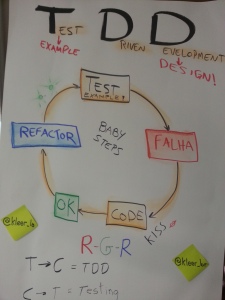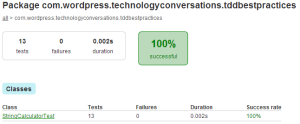DISCLAIMER: This is not a tutorial on how to learn Python, in fact, I have never used Python before so don’t take me as example. What I want to share with you is how to learn a new language, strenghen the TDD principles and practice a Kata in an easy way.
Last week I attended the Global day of Code retreat in Barcelona. It was a wonderful experience that generated me a lot of energy to code again (I became a manager some time ago and I don’t code as often as I’d like to). That day we used the Conway’s Game of Life which I recommend to practice the TDD approach.
After investigating about several other katas I stumbled upon the Cyber dojo online tool. Basically this is a web page in which you can practice any kata and choose among more than 20 languages you want to learn without the need to do any setup at all. In other words, if you want to grasp the basics for a new language, this is the perfect place.
Also, one of the nice features from Cyber dojo is that after you’re done with all the coding you wanted to do, you can download all your changes into a zipped Git file and then you have the repository with all the changes that you worked on.
Continue reading →



